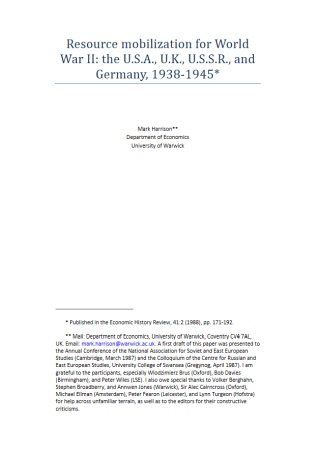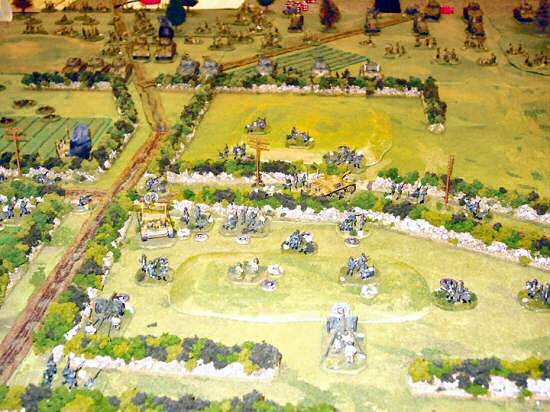Kosta Heristanidis brings you these wonderfully detailed figures of Australian soldiers designed and sculpted in Australia by Australians. These miniatures represent the men who defended Australia from late 1942 until the end of the war. References and inspiration for the range came from 200 Shots by Peter Brune, and those of a certain vintage will, we are sure, spot the affectionate homage to Airfix.

During the long campaign in New Guinea (lasting from January 1942, until September 1945), A.I.F. (Australian Imperial Force) and Australian Militia units faced a determined enemy on some of the most rugged terrain in the whole Pacific theater.
The Japanese drive to capture Port Moresby led to fighting along the Owen Stanley ranges and the famous Kokoda Track campaign. Australian troops were at first inadequately equipped for the harsh terrain and climatic conditions. The Militia troops were issued khaki drill shirts, shorts and long trousers, as well as cloth gaiters and/or web anklets. The khaki drill items were a sandy color, and thus, unsuitable for jungle warfare, and the footwear would soon disintegrate in the wet conditions.

Reinforcements came when seven division troops transferred from the Middle East. These troops re-dyed their khaki drill uniforms various shades of green, becoming the first Australian troops to wear jungle-green uniforms. The first U.S. gaiters were issued in late 1942, though web anklets continued to be worn.
By the time of the battles at Buna-Gona and Sanananda in late 1942 to early 1943, Australian soldiers had begun to evolve their equipment mix as represented by these 28mm Eureka miniatures, though (as in all armies) many combinations and variations in uniform continued to be seen.

From 1943 and the battle of Wau through to the Aitupe-Wewak campaign and the final battles at Tarakan and Balikpapan, the combination of Australian, British and American issue items became a distinctive characteristic of Australian troops.
Thus, green-dyed khaki drill uniforms or American herringbone-twill fatigue items would be worn with British '37 pattern webbing, Australian-made pouches, and U.S. gaiters or Australian anklets. Of course, the slouch hat was commonly worn alongside British-pattern steel helmets.
The Australian-designed-and-manufactured Owen sub-machinegun was a reliable weapon, along with Lee-Enfield 303 rifles, Bren and Vickers machineguns.
For further painting inspiration, check out Kosta's blog.

Note: We have a limited supply of the Mike Broadbent Designs 28mm Sentinel tank, so get in quick.












